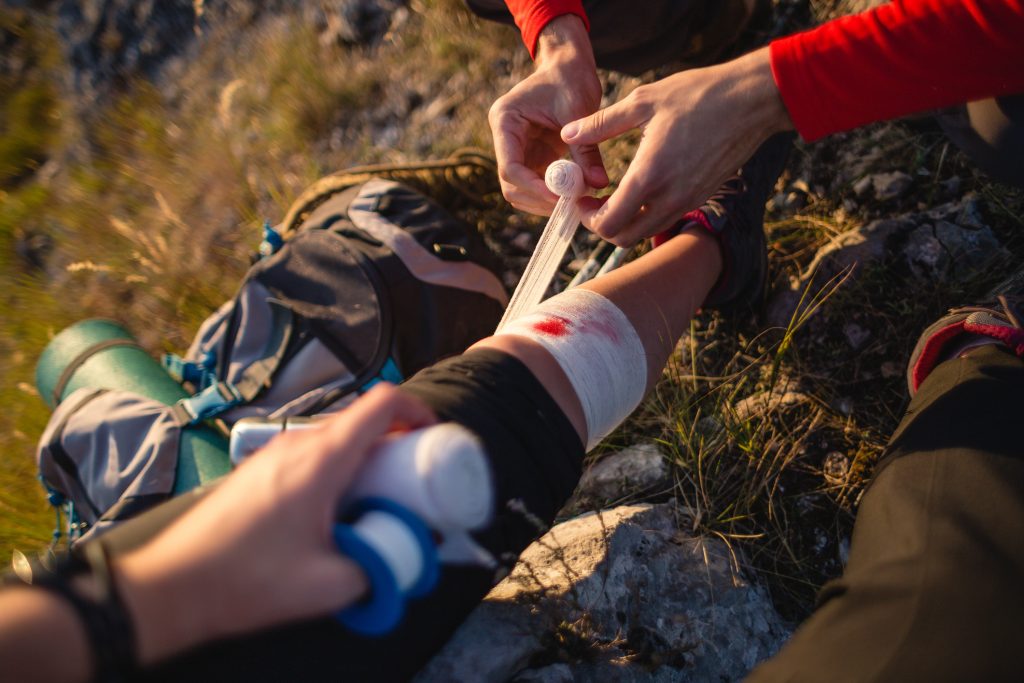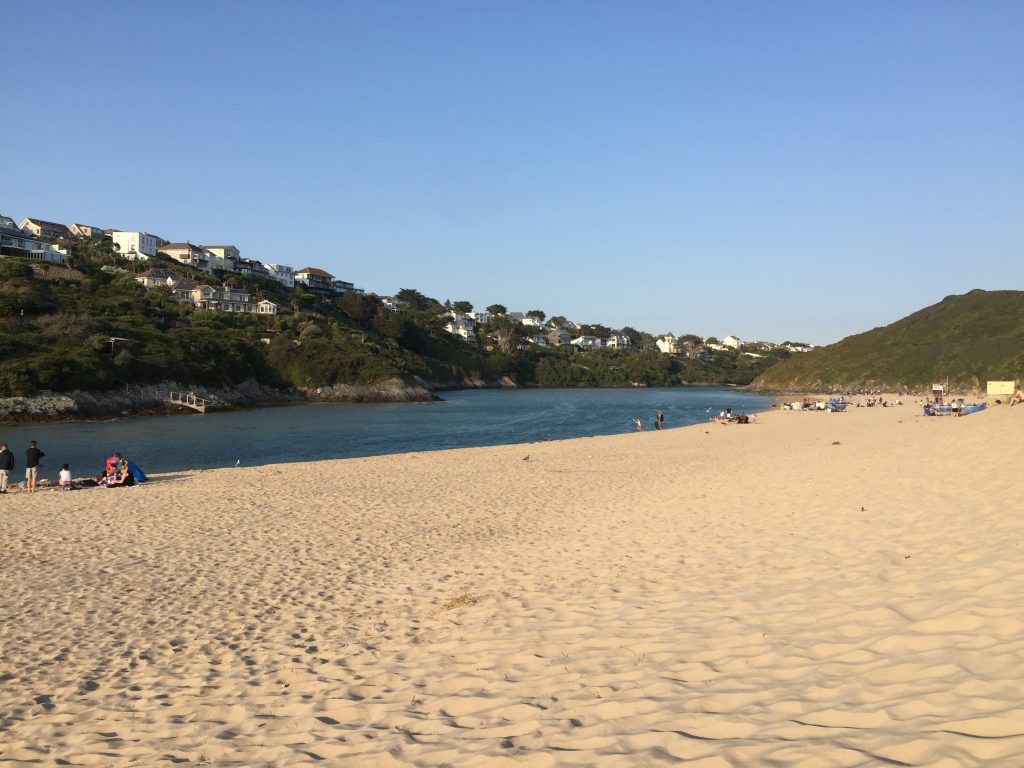Digital Safety Signage for the RNLI at Crantock Beach
The RNLI is one of the UK’s most respected charities, dedicated to saving lives at sea. With a strong presence across the South West, its lifeguards and volunteers work tirelessly to protect beachgoers and raise awareness of coastal safety.
Crantock Beach in Cornwall is both popular and dangerous, known for strong rip currents and unpredictable conditions. Thousands of visitors arrive each year, many unfamiliar with local risks.
The RNLI sought a technology-led approach to deliver clear, dynamic safety messages to visitors before they reached the shoreline.
The Challenge
Crantock Beach combines rapidly changing hazards with very high footfall. Traditional methods of communication were no longer sufficient. Key challenges included:
- Dangerous conditions – rip currents can develop quickly and catch even confident swimmers off guard.
- High visitor numbers – many tourists are unfamiliar with local risks and signage.
- Static signage limitations – traditional boards cannot adapt to changing sea conditions.
- Poor connectivity – mobile signals at the site are unreliable, limiting access to live data feeds.
The Solution
Working in partnership with the RNLI, we designed and built a digital signage system tailored to the specific risks at Crantock.
The system aggregates data from multiple trusted sources and automatically displays the most relevant warnings, such as rip current risk, tide information, or other alerts. Two digital signs were installed at the car park entry points, ensuring visitors received essential information on arrival.
RNLI teams can also send live messages to the screens if conditions change suddenly. The system integrates with South West Water to show water quality notifications, which are automatically removed once the risk has passed.
Connectivity issues were resolved by installing satellite internet, providing a stable and resilient data feed. Regular stakeholder sessions with lifeguards, managers, and community representatives shaped the content and ensured the screens worked effectively in practice.
The Results
The new system has delivered clear improvements for safety and operations:
- Greater public awareness – visitors are presented with timely, relevant information before stepping onto the beach.
- Rapid response capability – lifeguards can issue instant warnings, reducing risk during sudden changes.
- Improved stakeholder confidence – local authorities and community members trust that safety messaging is fit for modern challenges.
- Technical resilience – satellite connectivity ensures reliable operation even when mobile networks fail.
Looking Ahead
The Crantock deployment provides a scalable model for other high-risk beaches. The platform can be adapted to local conditions, integrate additional data feeds, and support different site layouts.
We continue to monitor performance, refine rules, and explore new integrations so the screens remain effective, accessible, and simple for RNLI teams to manage.
Conclusion
By harnessing digital technology, the RNLI has transformed how vital safety information is delivered to the public at Crantock Beach.
The solution is more than hardware; it is a proactive and collaborative system that supports the RNLI’s lifesaving mission. Clear, real-time communication now meets visitors at the right moment, improving awareness and encouraging safer choices for everyone who enjoys the coast.

